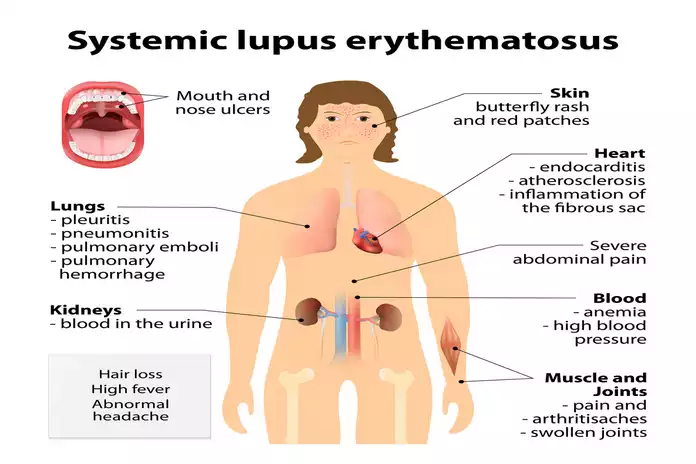10 Early Symptoms of Lupus: How to Identify Them?

The symptoms of lupus can vary widely between individuals, and some people may have mild symptoms, while others experience severe symptoms that can affect their quality of life. These include:
- Fatigue and weakness: Lupus can cause severe fatigue and weakness, which negatively impact daily activities and work.
- Joint pain and stiffness: Many people with lupus experience joint pain and stiffness, particularly in the hands, wrists, and knees.
- Skin rash: A butterfly-shaped rash across the cheeks and nose is a classic sign of lupus. Other types of rashes and lesions may also appear on the skin.
- Photosensitivity: People with lupus may be more sensitive to sunlight and may experience skin reactions, such as a rash or hives, after sun exposure.
- Raynaud’s phenomenon: This is a condition where the fingers and toes turn blue in response to cold or stress.
- Fever and flu-like symptoms: Lupus can cause fever, chills, and flu-like symptoms, such as muscle aches and headaches.
- Chest pain: It can affect the heart and lungs, causing chest pain, shortness of breath, and other symptoms.
- Kidney problems: Lupus can cause inflammation and damage to the kidneys, which may lead to protein in the urine, high blood pressure, and other complications.
- Cognitive problems: Some people with lupus may experience cognitive problems, such as short term memory loss and difficulty concentrating.

